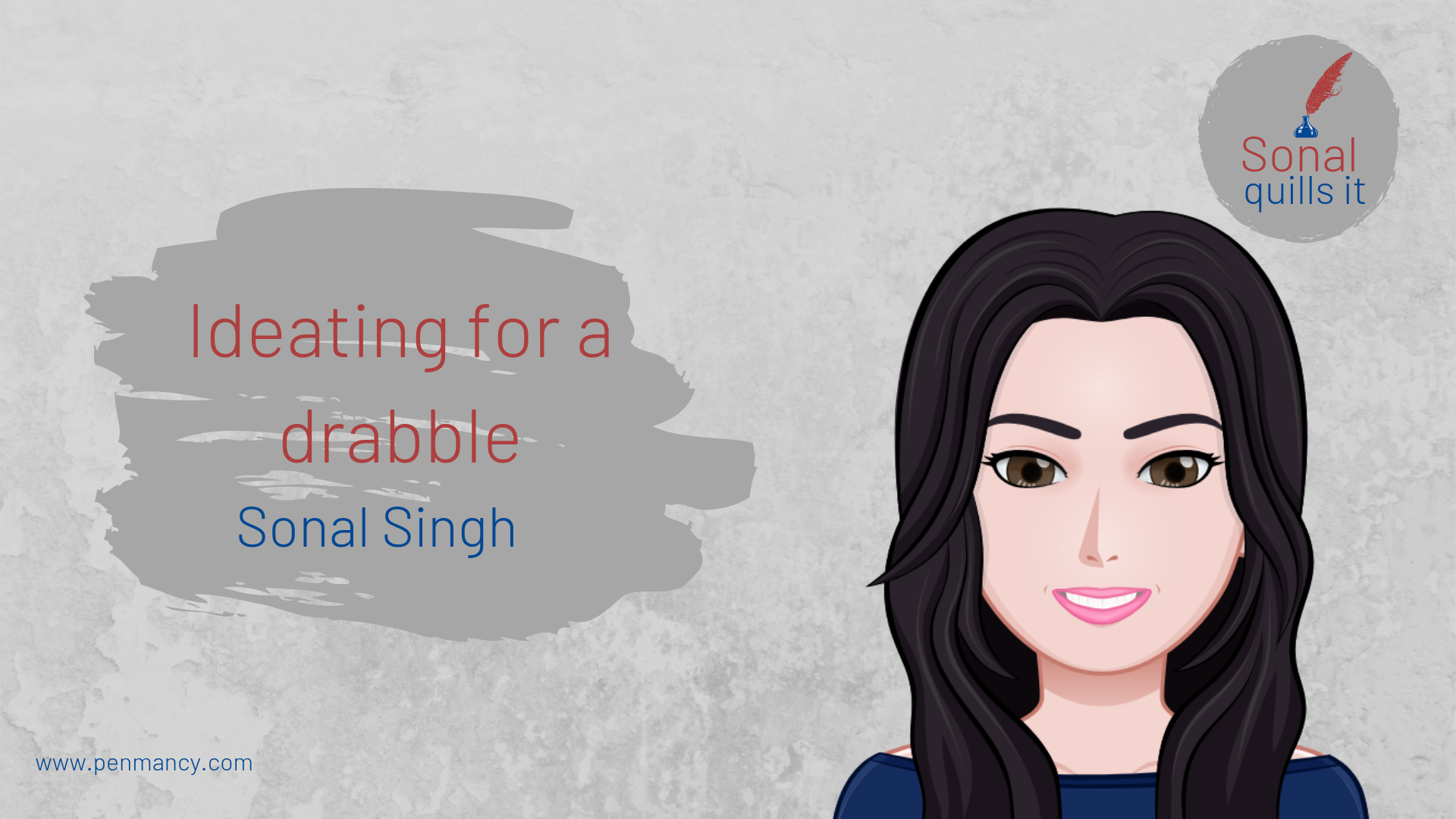
There is nothing to writing. All you do is sit down at a typewriter and bleed.
- Ernest Hemingway
What do you consider the most important thing in creative writing? What is the one basic and most crucial thing in impromptu writing?
Well, I say, the most important aspect of creative writing is ideation. And that is what most budding writers struggle with. Working on a prompt can stump even the most prolific writer. It is one thing to be able to pen what you want to write but to pen something to specifics is daunting.
So, what do you do when you are given a prompt but you lack ideas? How do you interpret the given image and weave a story on it? Well, it’s quite simple actually. The trick is to allow your feelings to flow. Let your emotions guide you. Every prompt has cues, be it visually evocative or emotionally powerful. You only need to identify the cues and proceed. Let’s take the example of a picture prompt. Visualize that you have been given the picture prompt of a red wooden window (closed) set against a stone wall. That’s all, just a red window on a white wall. So how would you interpret this for a 100-word short story? Frankly speaking, the image has many cues. The first cue could be the colour red – what comes to your mind when you think of red? What do you feel about the colour? Does it evoke passion or does it evoke anger? Does the window ever open? If so, who opens it? What kind of person is he/she? What kind of person would choose to paint their window red? Why leave colours like blue and green and choose red? Do you think this could be the window at a fire station? Or, could it be an institution? These are just some of the questions that you can ask yourself and form a story around. The important thing is to think beyond the box. Think beyond the obvious and interpret the image in innovative ways. Continuing the above example, if we leave aside the colour red then too we have many cues. A closed window should make you ask why? Why is it closed? Does anyone ever sit by the window and look out? If someone from outside were to peek inside, what would they see? What lurks behind those closed panes? Does the closed window hold any secrets? Does it speak a tale of neglect? Can you use the closed window as a symbol of a woman’s oppression, perhaps in matrimony? What I am trying to stress upon is that the basic idea of ideation is to tap into as many cues as you can when presented with an image. I promise you that once you have done that, ideas will form in your head and the creative juices will follow. Then define the story and structure it to fit into a genre. Finally, you can decide whether to write a humorous story, a horror story, drama or even a thriller. They are all doable even in a drabble/100-word story format if you have the right idea. What are your thoughts on this? Share with me in the comments. ___________________
